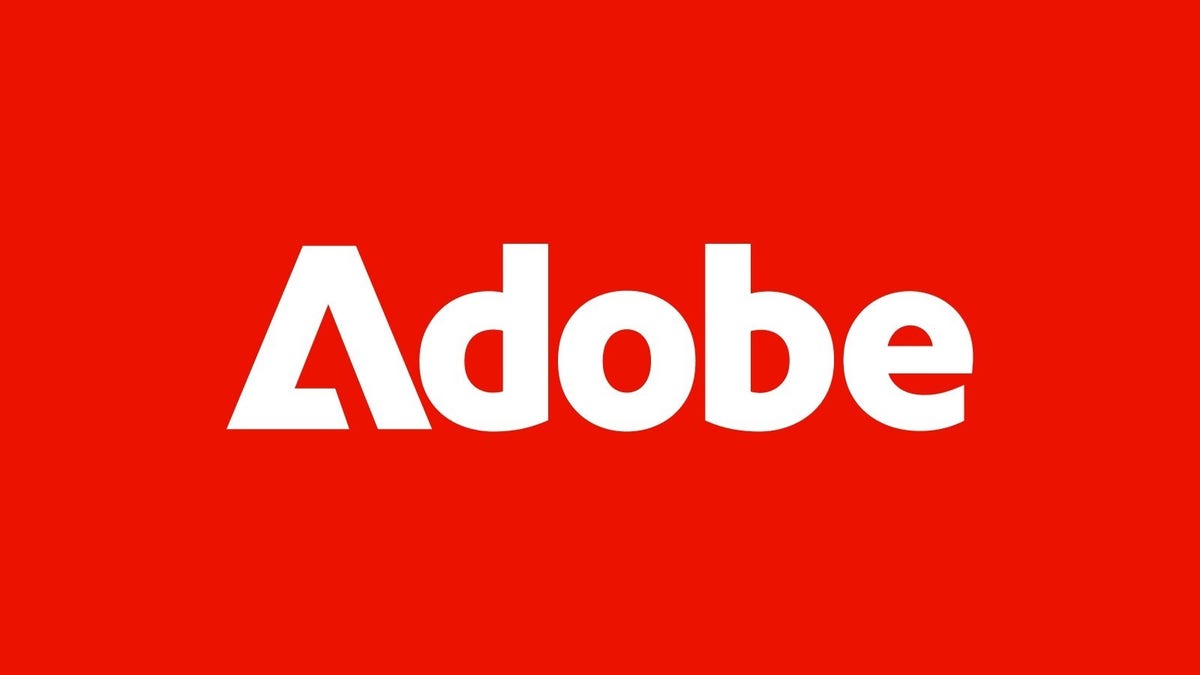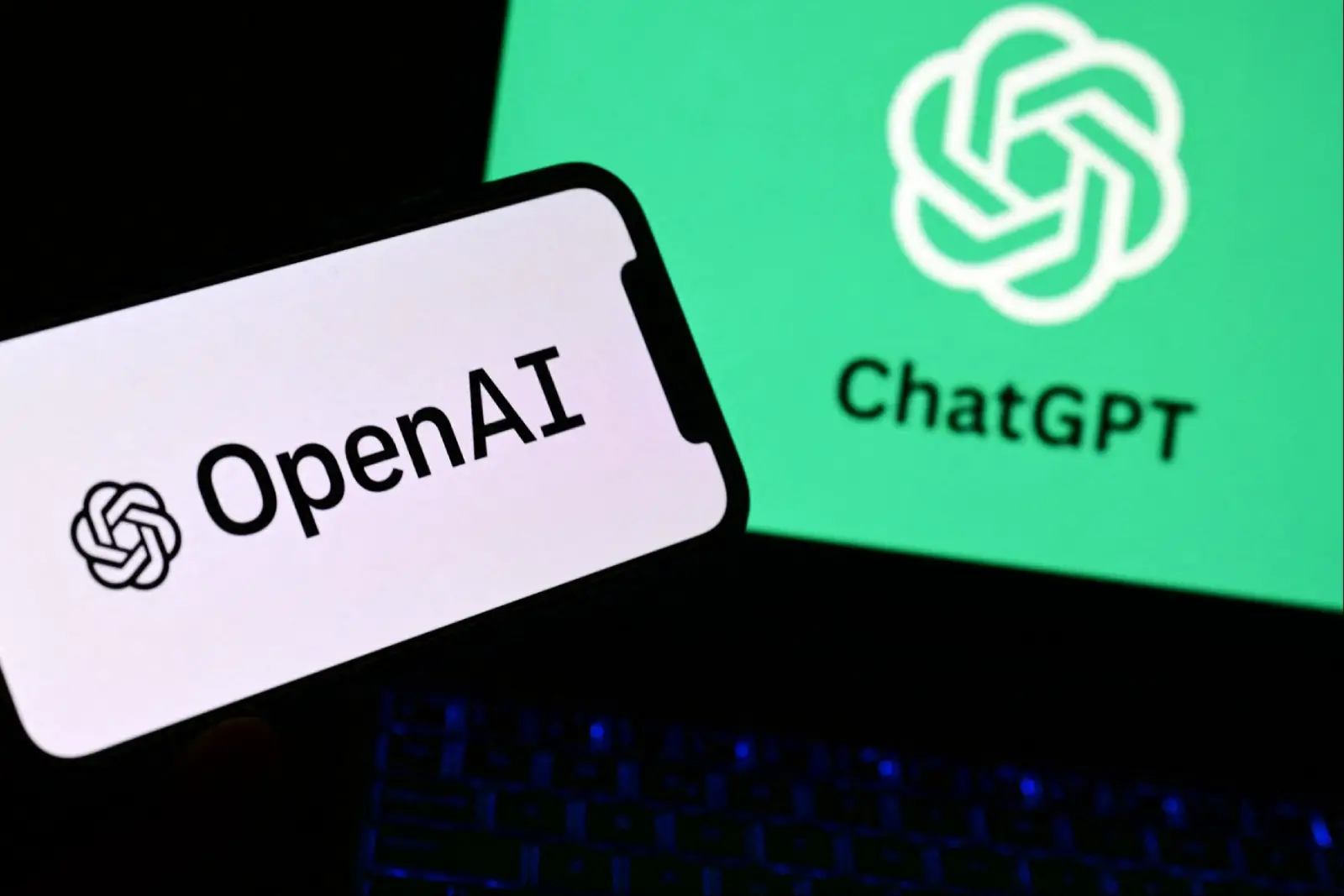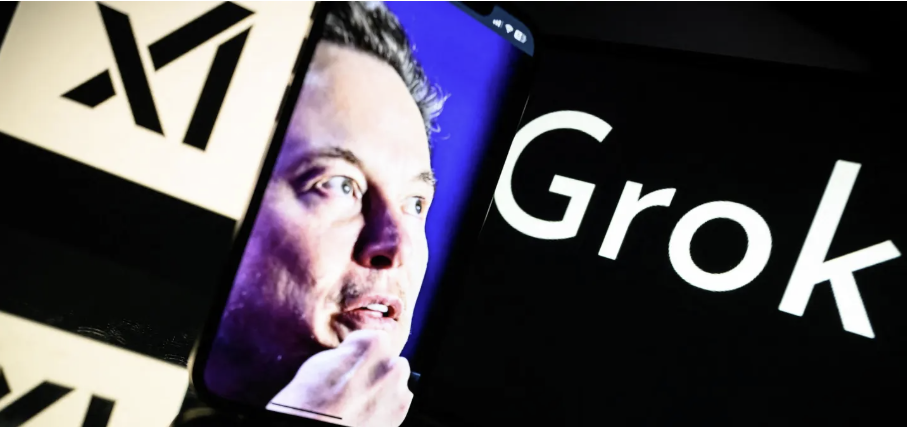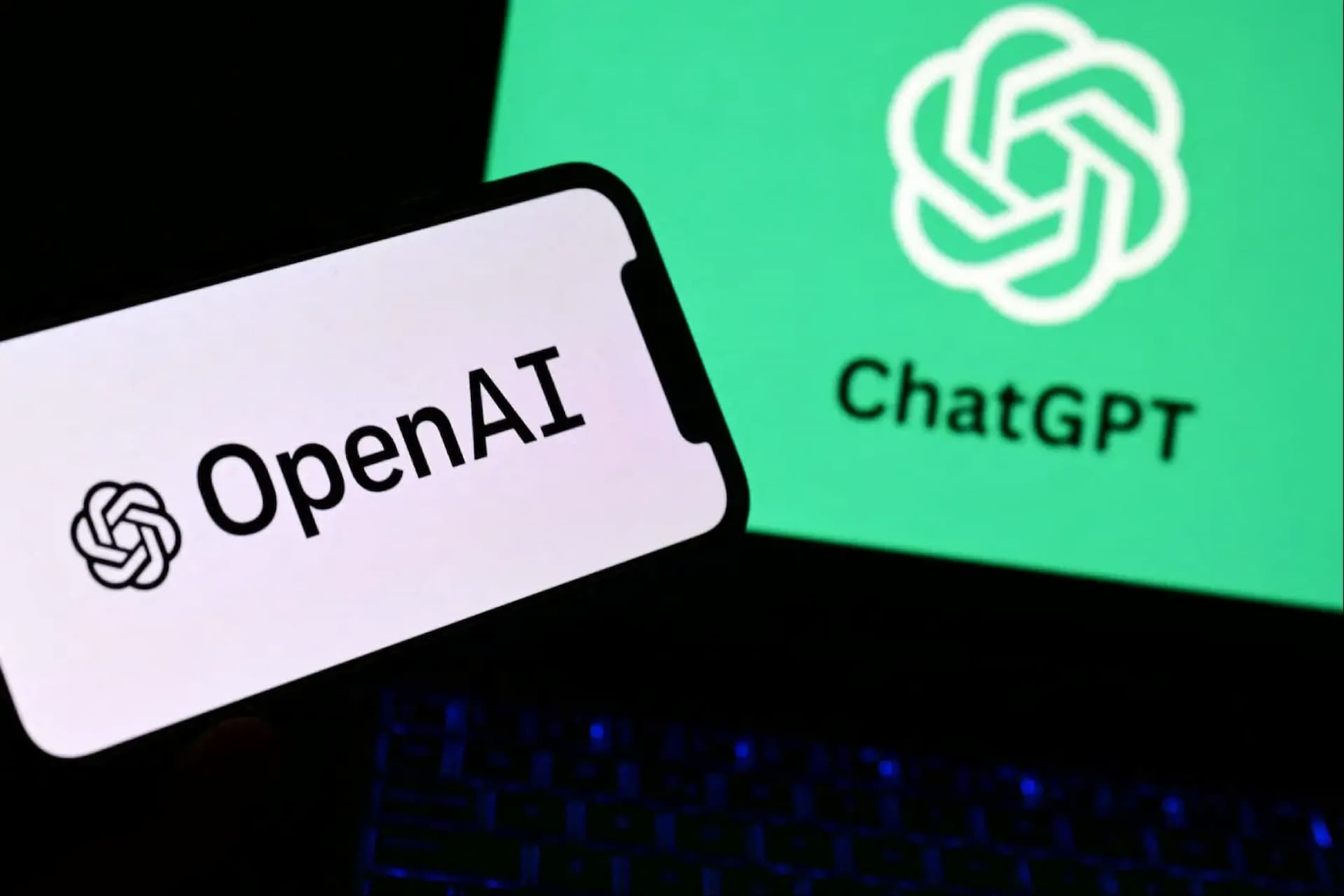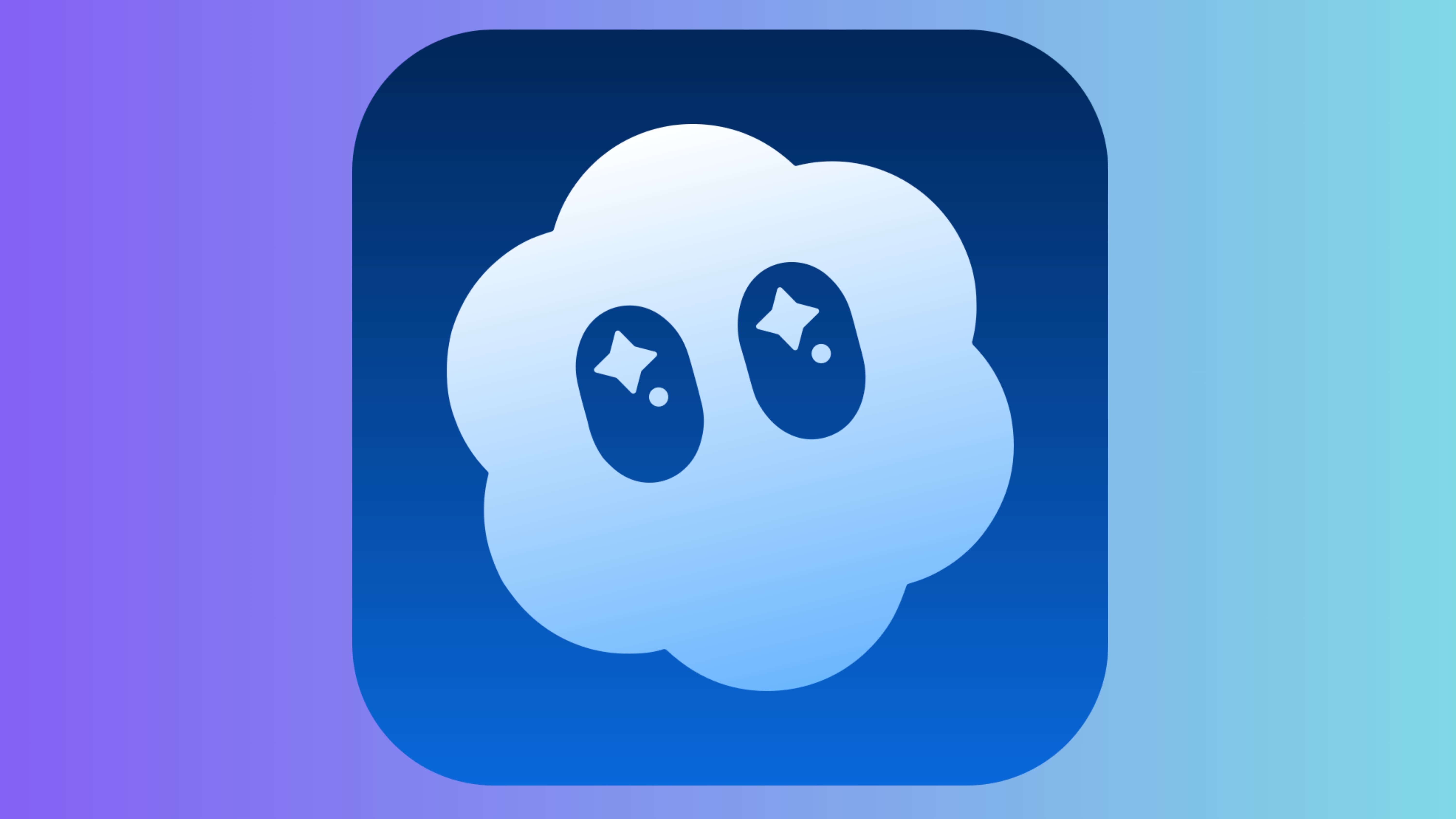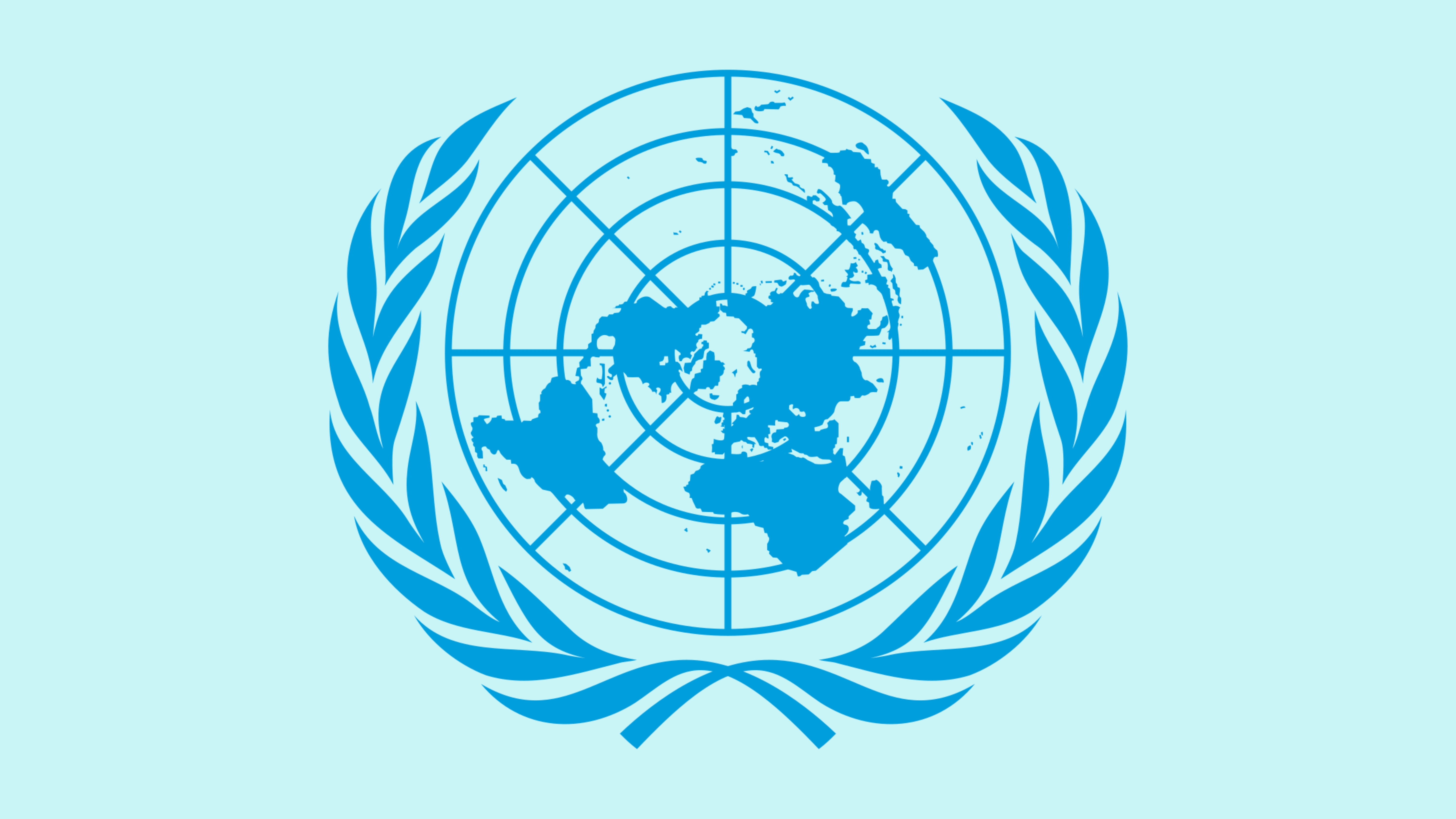The US tech giant, NVIDIA, has released open-source AI models and data tools across language, biology and robotics to accelerate innovation and expand access to cutting-edge research.
New model families, Nemotron, Cosmos, Isaac GR00T and Clara, are designed to empower developers to build intelligent agents and applications with enhanced reasoning and multimodal capabilities.
The company is contributing these open models and datasets to Hugging Face, further solidifying its position as a leading supporter of open research.
Nemotron models improve reasoning for digital AI agents, while Cosmos and Isaac GR00T enable physical AI and robotic systems to perform complex simulations and behaviours. Clara advances biomedical AI, allowing scientists to analyse RNA, generate 3D protein structures and enhance medical imaging.
Major industry partners, including Amazon Robotics, ServiceNow, Palantir and PayPal, are already integrating NVIDIA’s technologies to develop next-generation AI agents.
An initiative that reflects NVIDIA’s aim to create an open ecosystem that supports both enterprise and scientific innovation through accessible, transparent and responsible AI.
Would you like to learn more about AI, tech and digital diplomacy? If so, ask our Diplo chatbot!



